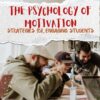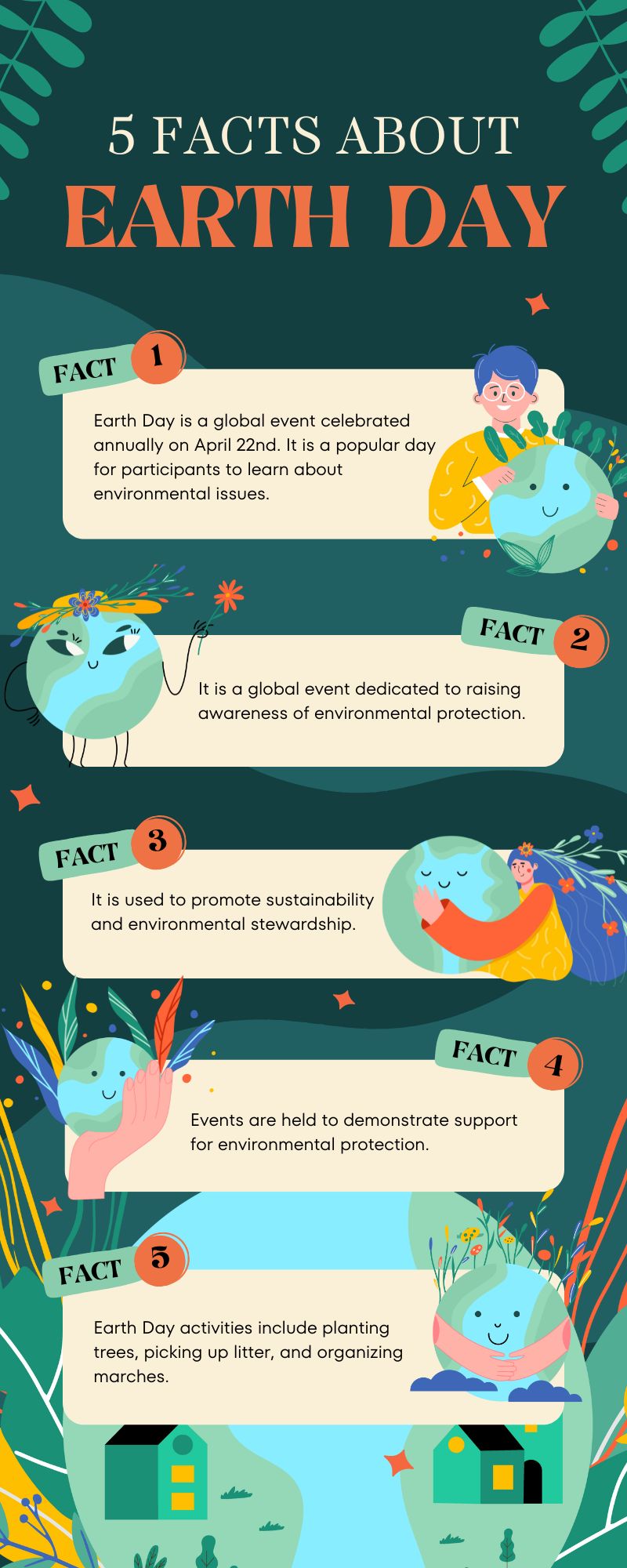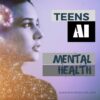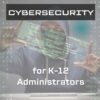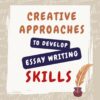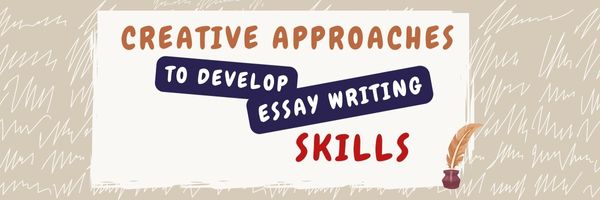The psychology of motivation: Strategies for engaging students
The psychology of motivation: Strategies for engaging students
Motivation plays a role not only in people’s choice to get involved in their goals but also in their behavior, persistence, and, ultimately, success. It is imperative for educators to be aware of the essence of motivation in education in order to create a stimulating environment where students can learn and develop. Through understanding motivation, educators will discover various sophisticated techniques to attract attention and instill a love for learning among students for life.
What does motivation entail?
Motivation is a phenomenon built on the idea of the action of inside and outside factors that together influence an individual to act in the achievement of his/her aims. Experts in psychology have comprehensively analyzed motivation. As a result, they have presented different theories and components which shape the way humans behave. A learner can be driven by two major types of motivation, the extrinsic and intrinsic types, each with its unique characteristics and ramifications on the learning process. (more…)
Share this:
19 Online News Resources for Kids
Here are popular online resources to teach about news sources for kids (click here for updates to this list):
- Allsides (news stories compared across multiple political perspectives)
- Breaking News–from Class Tools, create your own screen
- BBC News (app)
- C News for kids
- Kids News – Current Events
- Listenwise
- Newsela–news for kids, reformatted at different reading levels
- News-o-matic for kids (app)
- NewseumEd
- News for Kids–free
- Newspaper Navigator–from the Library of Congress; search endless newspapers
- PBS Newshour Extra–for grades 7-12
- Scholastic
- TeachingKidsNews
- TweenTribune–by Smithsonian
- US News Map–the news headlines between 1789 and 1922
- Youngzine
- Youth Radio
- Yummy Math—math news
Fake News (click for resources)
Share this:
Earth Day Class Activities
Every year, the United Nations recognizes April 22nd as International Mother Earth Day. It is a day we can all participate in making our air clean, our water fresh and our land unlittered rather than accepting the trash-filled oceans, the smoggy skies, and the debris-laden land that is becoming the norm.
Despite the questionable health of our world, we have made progress. Back in 1970, when Earth Day was first celebrated, trucks spewed black smoke as they drove down the highways, toxic waste was dumped into oceans with no repercussions, and the general opinion was that the Earth took care of itself. That changed when U.S. Senator Gaylord Nelson, Earth Day’s founder, witnessed the ravages of the 1969 massive oil spill in Santa Barbara California and decided it was time to do something. He started with a “national teach-in on the environment” with a simple goal: Encourage people to recognize the importance of protecting the Earth:
“It was on that day [Earth Day] that Americans made it clear they understood and were deeply concerned over the deterioration of our environment and the mindless dissipation of our resources.”
Here are online resources (click for updates) to help you share the importance of Earth Day with your students:
- 25 Earth Day activities from WeAreTeachers
- Breathing earth– the environment
- Breathing Earth YouTube Video–of CO2 use, population changes, and more
- Conservation Game
- Earth Day Activities from Khan Academy
- Earth Day Activities from Science Buddies
- Earth Day Facts–video
- Earth Day Toolkit from NASA
- Ecotourism Simulation–for grades 4 and above
- The Four Seasons – An Earth Day Interactive Children’s Storybook (app)
- Green Kitchen (app)
- History of Earth Day
- My Garbology
- Starfall — Every Day is Earth Day
- Storyboard That! Earth Day lesson plans
How effective is Earth Day
Share this:
Chronic Absenteeism has become a big problem in schools
School absenteeism has been one of the small but chronic problems in the past. Since the pandemic, it is so much more, to the point it is a front-of-mind issue that schools scramble to address. Here’s a good discussion from the US Department of Education on the problem and solutions:
Ed Dept: Districts should start now to improve 2024-25 attendance
Schools must plan now to address chronic absenteeism
The US Department of Education is calling on state leaders to address chronic absenteeism, emphasizing the need for immediate action and accountability measures. Despite efforts to improve attendance, challenges persist, prompting renewed focus on student engagement and support strategies.
Full Story: K-12 Dive (3/27) (more…)
Share this:
Most Teens Think AI Won’t Hurt Their Mental Health; Teachers Disagree
Generative AI is an exploding influence in education with lots of potential but unknown outcomes. Most people focus on its impact on school research, lesson plans–that sort–but another piece isn’t considered often enough: its impact on student mental health. This next article from but we’ll do in this article from Education Week does
Educators, teens differ on AI’s mental health effects
Teens and educators hold divergent views on its mental health effects of AI, with educators expressing more concern about negative impacts, including cyberbullying and the ability of algorithms to create addictive virtual worlds. Meanwhile, students are more optimistic about AI’s potential benefits.
Full Story: Education Week (3/25) (more…)
Share this:
Sinclair launches free cybersecurity training for K-12 administrators
Cybersecurity threats in K-12 schools are a growing concern as educational institutions increasingly rely on technology for teaching, learning, and administrative purposes. Some common cybersecurity threats faced by K-12 schools include data breaches, BYOD policies, unsecured WiFi networks, insider threats, and lack of security awareness training. It’s this last that’s addressed by this article from Smartbrief:
Program teaches cybersecurity to K-12 administrators
Ohio’s Sinclair Community College, in collaboration with D2L, a learning technology company, has introduced a free cybersecurity course aimed at K-12 administrators to enhance their understanding of cyberthreats and develop strategies to mitigate these risks. Developed in response to a White House Cybersecurity Summit for K-12 schools, the short course focuses on identifying and addressing cybersecurity threats specific to schools.
Full Story: Dayton Daily News (Ohio) (tiered subscription model) (3/25) (more…)
Share this:
Creative Approaches for Developing Essay Writing Skills
The Cambridge Dictionary defines ‘essay’ as”
a short piece of writing on a particular subject
Most students write their first essay by third grade, probably enjoy the process because of its non-threatening narrative exploration of their thoughts, but by Middle School, the rules and requirements that made essay writing fun change:
In a school test, an essay is a written answer that includes information and discussion, usually to test how well the student understands the subject.
The Ask a Tech Teacher team came up with fresh rules we think are less threatening and more geared to enabling students to enjoy this important writing style. I think you’ll find some of these helpful:
Creative Approaches for Developing Essay Writing Skills
As a college student, the ability to write well-written essays is an essential skill that transcends academic disciplines and serves as a vital tool for effective communication throughout one’s personal and professional life, yet the process of developing this aptitude often presents a formidable challenge that requires a multifaceted approach encompassing various creative techniques and methodologies. Exploring diverse writing exercises, experimenting with different perspectives, and seeking inspiration from various sources can cultivate creativity and enhance essay writing skills, with the option to have professionals write me an essay providing valuable insights and further honing one’s craft. Start small. (more…)
Share this:
Creative Fabrica–the Perfect Solution for Teachers, Creators, and Anyone In a Hurry
I–like many teachers–do a lot of prep for my teaching, often requiring digital desktop publishing platforms. Between newsletters for parents, announcements on social media, communications for students and parents, and more, it became a challenge to demonstrate the excitement and engagement of learning through what could be boring tools.
Then I got an email from the folks at Creative Fabrica. My norm with these sorts of solicitations (I get about a dozen a week) is give the website ten seconds to grab me or lose me. With Creative Fabrica–I was sold faster. How had I never seen this amazing website? It seemed to hold the answer to so many of my daily tasks, offering quick professional, clean communication that save time. 
 What is it
What is it
Creative Fabrica is a digital marketplace out of Amsterdam that offers a wide range of creative resources for designers, crafters, creators, and to my specific area of interest–teachers. They offer over 9 million products from 50,000 designers besides what users design themselves. Users can access fonts, graphics, SVG files, 3D, tools, bundles, embroidery designs, mockups, teacher resources, and more for various creative projects.
[gallery type="square" ids="68685,68686,68687"]
You can pay ala carte for individual items or sign up for a monthly/yearly subscription and download unlimited items. Additionally, the platform features tutorials and community forums to support and inspire creators.
Share this:
Teacher-Authors: What’s Happening on my Writer’s Blog
A lot of teacher-authors read my WordDreams blog. In this monthly column, I share the most popular post from previous months:
I’ve been blogging for about sixteen years, some professionally (for my tech ed career) and others on topics of interest to me (writing, USNA, and science). That first post–
(don’t bother to click through. It’s boring)
putting myself on the line, ignoring that I had no hits, wanting to approve comments from spammers because that would look like someone loved me–I thought that was the hard part. The second post was easier and so it went.
But somewhere around the twentieth post–
more personal, but blocky, not visual, too long, and not about writing.
I figured out I had to do blogging right. No comments–no surprise!–so why was I doing this? It wasn’t to show up, spout off and slink away. There was a lot more I wanted from blogging.
I could have quit–it was getting to be a lot like work–but I enjoyed the camaraderie with like-minded souls. I learned a lot about writing by doing it and could transfer those lessons to others. So I honed my skill.
Do’s and Don’ts
Let me share what I wish I’d known early rather than late so you don’t waste as much time and energy as I did:
- Keep posts to a five-ten minute read–How? Avoid big blocks of text. People will skip them, and then skip your blog.
- Only reblog 10% of someone else’s post. If you’re on WordPress and push the ‘reblog’ button (if available), they take care of it for you. But if you copy someone’s post–even if you give them attribution–you blew it. You have to get permission if you are reposting more than 10% of someone’s work. Where was I supposed to learn that?
Share this:
Tech Tip #90: Don’t Be Afraid of Mulligans
As a working technology teacher, I get hundreds of questions from parents about their home computers, how to do stuff, how to solve problems. Each week, I’ll share one of those with you. They’re always brief and always focused. Enjoy!
Q: Some kids are hard workers, but they just don’t get computers. Their effort deserves a good grade, but their product is nowhere near class requirements. What can I do?
A: Don’t be afraid to give students a Mulligan–a do-over for you non-golfers. Some students don’t perform well under the pressure of a deadline. Some are so sure they’re no good at technology, that becomes their reality. Offer students a second chance if they’ll work with you after school. I have had countless students take advantage of this and come out after a few of those sessions strong and confident in class. All they had to see was that they could do it. Maybe some simple phrasing confused them and you can clear that up. Maybe the noise of a full class distracted them. Whatever it is, if you can show them how to find alternatives, solve their problems, they can apply that to technology class and other classes.
Most of the students I help 1:1 only need a few projects and then I never see them again for help. In fact, their confidence is so improved, they often are the kids who come in during lunch to offer assistance to other struggling students. (more…)

